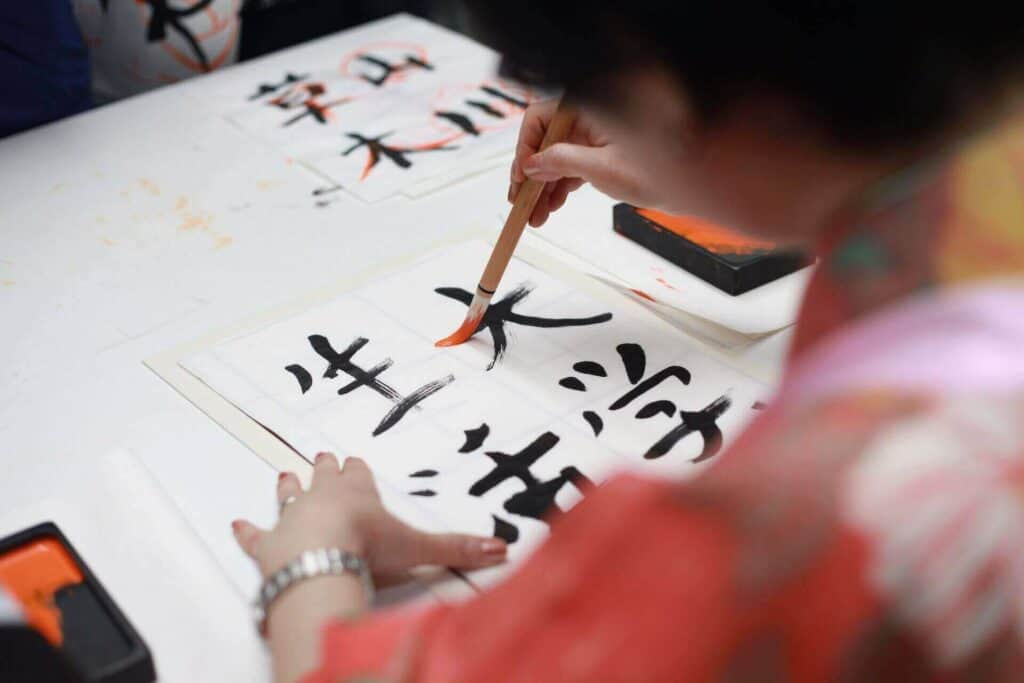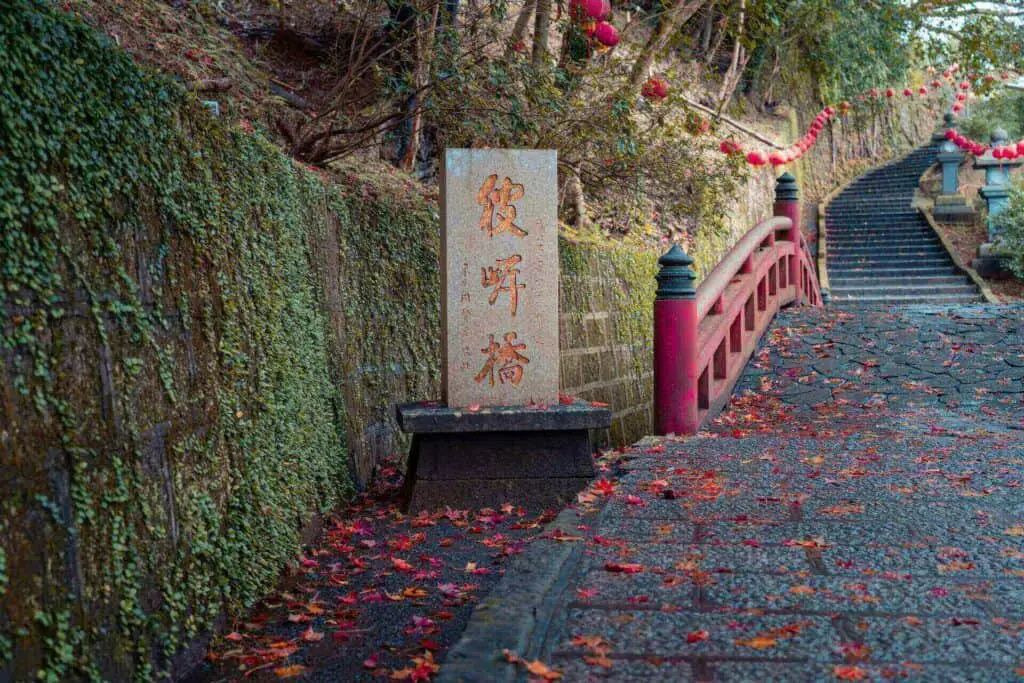Have you ever dreamed of learning how to read and write Japanese? But you’ve already heard some people claim that it’s read from right to left, while others claim it’s quite the opposite. So, how is Japanese read actually?
Japanese is read from right to left when it’s written from top to bottom, which is in most cases. This method of writing kanji is called tategaki. If it’s written horizontally, it’s read just like English – from left to right. This more modern way of writing words is called yokogaki.


Don’t let this confuse you, especially if you’re only starting to learn Japanese. In further text, I will elaborate on the subject and why both methods are correct.
How Is Japanese Read?
Have you ever tried reading manga or a light novel in Japanese? The first thing you should consider isn’t whether Crunchyroll is free (although many weebs and otakus use this website to learn their Nihongo). When it comes to writing and reading kanji, you should determine whether it’s written horizontally or vertically.
If we take a look at the traditional way of writing texts in Japanese, we will notice that the majority of them are written in tategaki. In a literal sense, this term means “vertical writing.” If a text is written in this method, you should start reading from the top right column, and read toward the bottom. You should then continue at the top of the next left column.
When it comes to the other method of writing called yokogaki, it has been in use since the end of World War II. it’s true that some examples of yokogaki can be found even before that time, the efforts to make some form of standardization in education after the war made it more prevalent. It has also become more noticeable in use because of the influence of several foreign languages.

What Types of Scripts Are There?
When writing in Japanese, it is important to be aware of which script or combination of scripts is used. This will ensure that your writing is clear and easy to read. There are four main types of scripts in Japanese:
- Hiragana, the primary phonetic alphabet of Japanese. It consists of 46 basic characters, each of which represents a single sound. Hiragana is used to write native Japanese words, as well as words that have been borrowed from other languages.
- Katakana, the other phonetic alphabet of Japanese. It also consists of 46 basic characters, each of which represents a single sound. Katakana is used to write foreign words that have been in use in Japan. It can also be used for emphasis or to create a special effect in a sentence.
- Kanji are Chinese characters that have been adopted into the Japanese writing system. There are thousands of Kanji characters, and each has its own meaning. In order to be able to read and write Kanji, you need to know the meaning of the character as well as how to pronounce it.
- Romaji is the Roman alphabet. It is used to write Japanese words that cannot be easily represented with Hiragana or Katakana. Romaji is also used for transcription, such as when writing Japanese words in English.
The Difference Between Kanji, Katakana, and Hiragana
The Japanese writing system is based on a combination of three different scripts, which include kanji, katakana,and hiragana. Kanji are Chinese characters that were introduced to Japan in the 5th century through the Korean peninsula. Hiragana and katakana are two phonetic alphabets that were developed in Japan in the 9th century.
In the Japanese writing system, kanji are used for the majority of written communication, while the other two are used for phonetic representation of words that cannot be expressed using kanji (such as words,) as well as for certain grammatical endings. The term kanji means “Han characters,” and it’s used to write Japanese with traditional Chinese characters.
One of the most unique features of the Japanese writing system is that it is highly flexible and allows for a great deal of creativity in its use. For instance, Japanese writers will often mix kanji and hiragana in order to create new words or to add emphasis to certain words.
The Japanese Writing System Is Unique
Another unique feature of the Japanese writing system is that it uses a large number of different characters. In fact, there are over 50,000 different characters in total. However, only a small portion of them are actually used on a regular basis. One final thing to note about the Japanese writing system is that it is not based on an alphabet. Instead, it uses a syllabary, which is a system of writing that uses symbols to represent syllables. This means that each character in this writing system represents a syllable, rather than a letter.

Take the Steps to Learn Reading and Writing Kanji
Did you know that besides tategaki and yokogaki, which means vertical or horizontal writing, there are also two ways to read texts written in kanji? These two ways are called on-yomi (original pronunciation from Chinese) and kun-yomi (native Japanese pronunciation). I will present you with an example of kanji you might notice in everyday life, and how they are pronounced in the table below.
| English | Kanji | Kun-yomi | On-yomi |
| Man | 男 | Otoko (おとこ) | Dan (だん) |
| Woman | 女 | Onna (おんな) | Jyo (じょ) |
| Person/People | 人 | Hito (ひと) | Jin (じん) |
| Water | 水 | Mizo (みず) | Sui (すい) |
| Fire | 火 | Hi (ひ) | Ka (か) |
| Mountain | 山 | Yama (やま) | San (さん) |
| Tree | 木 | Ki(き) | Boku (もく) |
| Rain | 雨 | Ame (あめ) | U (う) |
Japanese Takes Time, But It’s Worth Learning
Although it’s easier to watch Crunchyroll dubbed in your own language, learning Japanese is beneficial in many ways. It allows you to learn a great many things about Japanese culture, from determining what ramen Naruto eats (it’s always Miso ramen!) to figuring out what a weeb is (and whether you are one). Learning kanji is a long road, but it’s fruitful in the end, and will allow you to communicate and travel around Japan with ease!